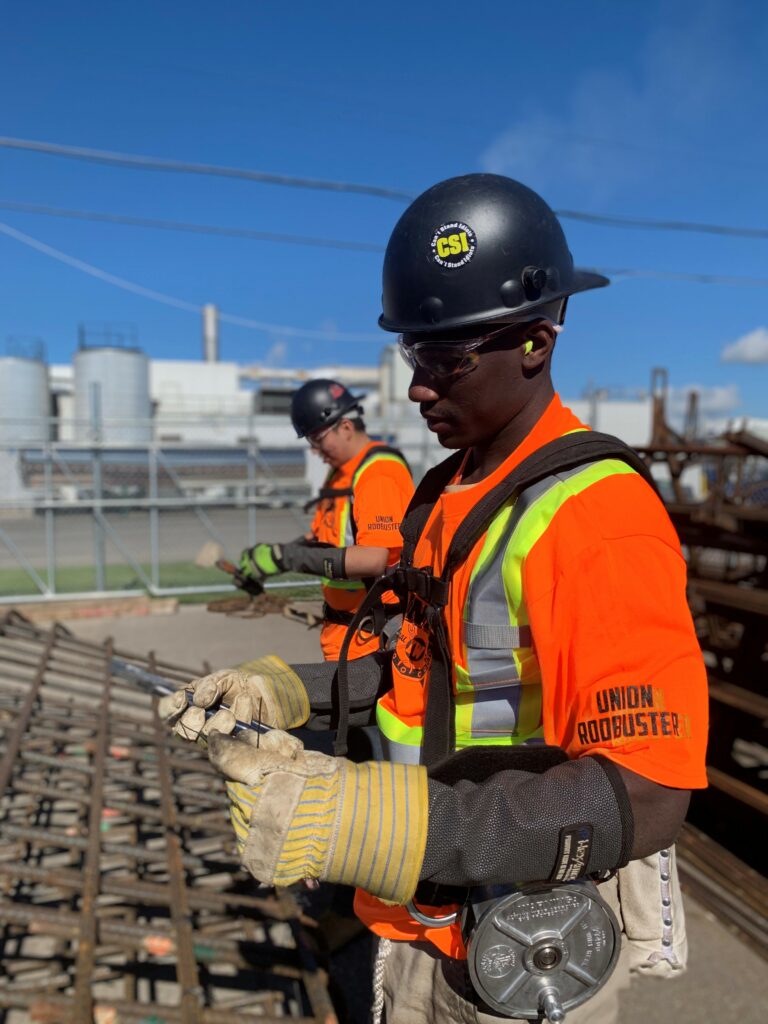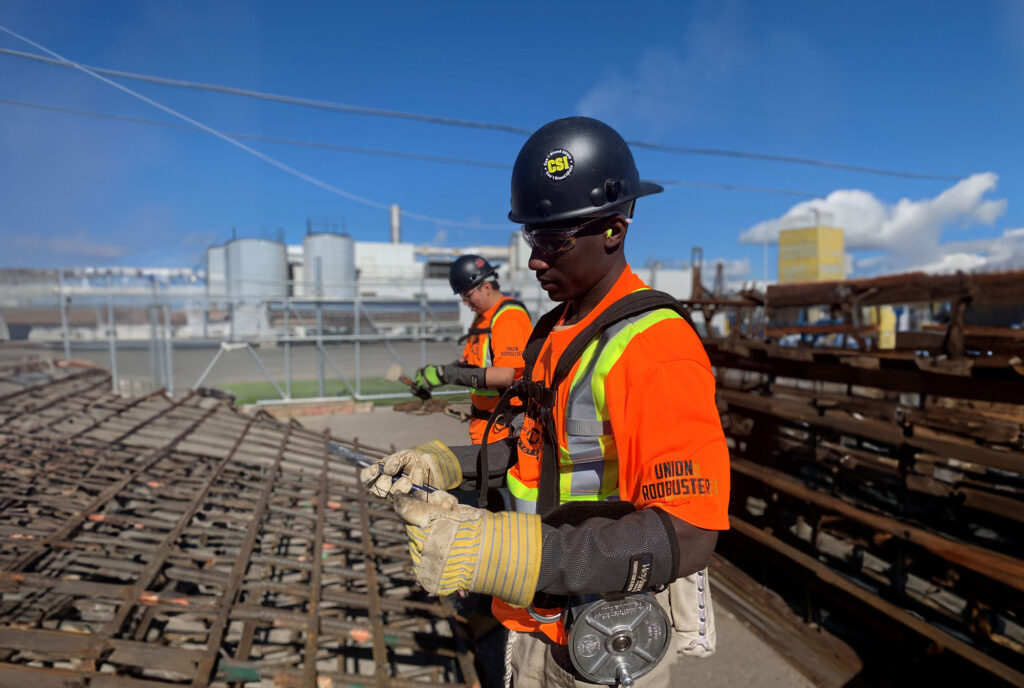Here’s a scenario that we face fairly often at 14 Oranges:
We have a website design that has been approved. The copywriting our client has provided us is spot on, but the images they have provided are way off, meaning not the right shape or size. Typically this means the images provided to us are in portrait size instead of landscape to fit the website design. And no, they don’t have another version in the landscape size.
This is where artificial intelligence (AI) came to our rescue recently, but not in the way you might think. Today, everyone’s talking about how AI can solve all your problems. You can’t go anywhere online without being told how AI can help you quit your day job or make thousands of dollars a minute using AI.
At 14 Oranges, we took a different route when thinking about AI. We looked to AI not as a grand solution, but as a handy tool to overcome specific challenges effectively and reasonably. We weren’t expecting AI to transform how we do business entirely. It was about looking at a real problem and wondering, “Could AI help us with this?”
That problem, transforming a portrait image into a landscape one for our clients’ websites, turned out to be one where AI could really help us.
We used Adobe Photoshop’s generative AI feature, recently out of beta, to help us transform the images into ones we could use for our client’s website.

Client photo provided.

AI filled in and expanded photo to fix size website needed.
With AI, we could select, expand, and enhance the images without compromising quality. It allowed us to adapt images efficiently to meet website requirements, eliminating delays and keeping projects on track. Instead of having to go back to our clients and request new images, which they often don’t have easily available, we were able to use AI to adjust the initial images. While we could have manually manipulated the image, AI made it considerably easier.
But what about the quality? While the AI might not be perfect, especially when creating images from scratch, it is incredibly handy for augmenting or correcting issues in existing images.
So, where does AI shine? When you have an image that’s almost perfect, but not quite. AI can help in the fine-tuning process. Let’s say you need a higher-resolution logo, or you have a subject in front of an unsuitable background. AI can assist in these scenarios, making your life a tad easier, and for us, helping us to keep the development process moving along without delays.
Of course, it’s important to consider copyright and consent. If you use AI to manipulate images, you need to have the necessary permissions. Whether you’re augmenting an image or generating an entirely new one, respecting copyrights and permissions is important.
AI can work wonders when you’re stuck with a less-than-ideal image. It’s not about replacing professional photographers or artists but about having another tool in the arsenal to meet specific needs.
The key takeaway from our AI image manipulation journey is that we’re always on the lookout for ways to enhance our tool set and knowledge. I loved seeing how the 14 Oranges team got curious about how AI could really help our business and our clients. That curiosity is at the heart of our innovation and a value we hold high at our company – we’re not really about using flashy new technology for the sake of using flashy new technology.
We approach new technologies thoughtfully, exploring what proves valuable for both us and our clients. The power of AI is not in flashy creativity but in its ability to get the job done. In our journey, we’ve found that AI’s potential lies in addressing specific project roadblocks, making our work smarter and more efficient.
Sylvain Marcotte is CEO and President of 14 Oranges.

Share This Article